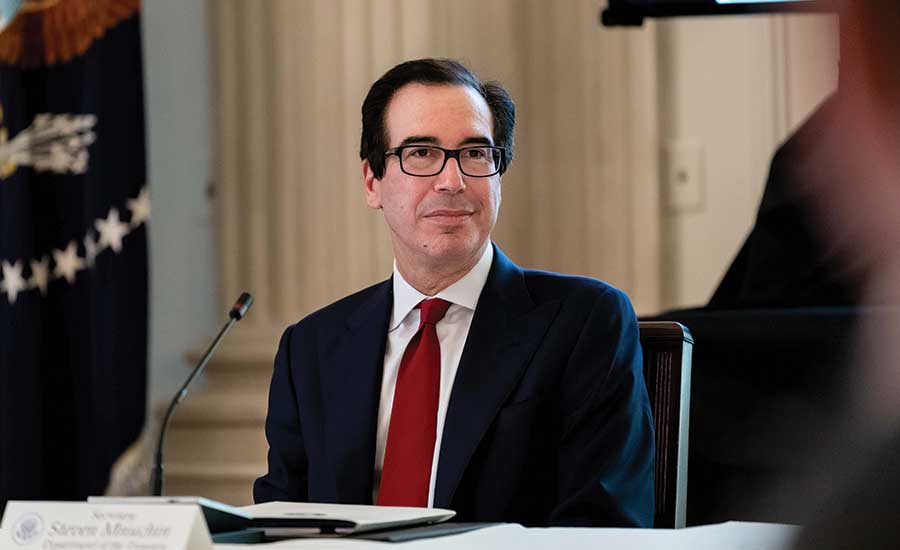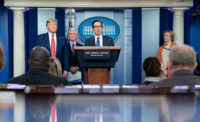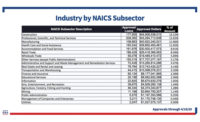For engineering and construction groups, new federal guidance for forgivable loans less than $2 million under the Paycheck Protection Program was welcome news. The guidelines, which the Treasury Dept. and Small Business Administration issued on May 13, deal with how borrowers certify compliance with PPP requirements so they won’t face federal audit or reviews.
The Associated General Contractors of America and the American Council of Engineering Companies say the majority of PPP loans to their members are smaller than $2 million. The May 13 directive says that loans of that size will meet the good-faith certification requirement that the loan was necessary.
The agencies also moved to May 18 the deadline for companies to repay PPP loans if they don’t think they are in compliance with program requirements. AGC initially sought PPP guidance changes in an April 29 letter to Treasury Secretary Steven Mnuchin.
AGC said the May 13 Treasury-SBA directive will help preserve many jobs. Peter Comstock, Associated Builders and Contractors director of legislative affairs, said that guidance “certainly addresses some of the urgency that companies may have had about whether they need to return the money and how quickly.”
In another PPP action, the agencies on May 15 released an application form and instructions for PPP loan recipients to use in applying for loan forgiveness. But Brian Turmail, an AGC spokesman, said the new form “doesn’t provide the flexibility or clarity our members continue to seek when it comes to forgivable costs.” He added, “The application is like an unmarked highway—there is no indication of what route borrowers should follow.”
ABC’s Comstock said the new application and information represent “a step forward.” But Comstock added that “there still remain unanswered questions from our federal agencies and further clarification and guidance are much needed to ensure effective relief for our small businesses.”
But he said there still are questions about April 28 guidelines that require PPP applicants to take into account “their ability to access other sources of liquidity.” Comstock said it’s unclear whether those sources include existing lines of credit or access to capital markets.
Congress created PPP in the Coronavirus Aid, Relief and Economic Security, or CARES, Act, which President Trump signed March 27. The law had $349 billion for the loan program, which aimed to help small companies—those with fewer than 500 workers—cope with financial burdens from the COVID-19 pandemic. SBA launched PPP on April 3 but ran out of money in 13 days. Congress added $310 billion in a follow-up bill, enacted April 24.
ACEC spokesman Jeff Urbanchuk said, “From our perspective, [the May 13 guidance] is a good first step in clarifying for a significant number of loan recipients that they met the good-faith certification test on the PPP loan application.”
But Urbanchuk said that ACEC also wants SBA to ensure that firms with larger loans can still certify for them based on the information that was available when they applied for the loans.
A new ACEC survey says 86% of responding firms were approved for loans of $2 million or less. But 96% of ACEC firms with PPP loans and a workforce of 200 or more said their loan amount exceeded $2 million.




